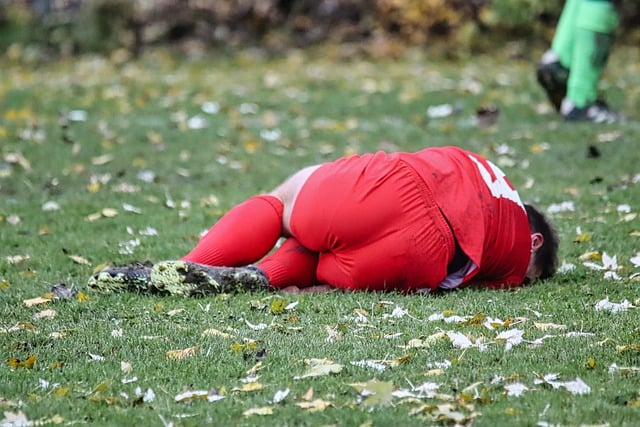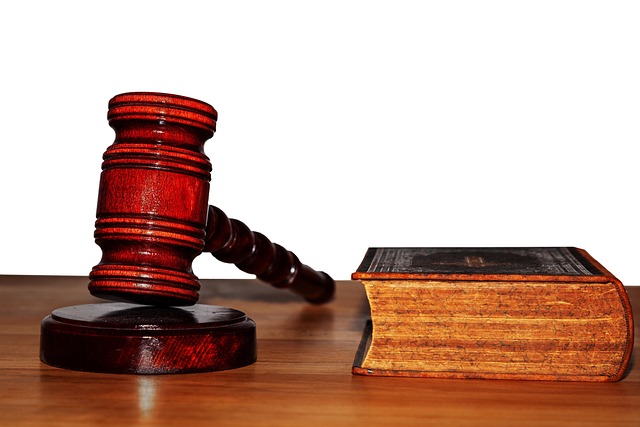Sidewalk trip and fall incidents, caused by neglected or poorly maintained sidewalks, result in significant injuries and legal implications. Victims may sue property owners, municipalities, or businesses for damages, especially when emotional distress accompanies physical injuries. Assessing damages and liability requires robust evidence linking the incident to emotional harm, including medical history, witness statements, and photographs. Engaging a specialized personal injury attorney is crucial to navigate these complexities, advocate for clients' rights, and secure adequate dispute resolution in sidewalk trip and fall lawsuits.
Emotional distress is a significant yet often overlooked aspect of sidewalk trip and fall lawsuits. These incidents, seemingly minor, can lead to severe physical injuries and profound mental trauma. This article delves into the complex world of sidewalk trip and fall cases, exploring common causes like uneven surfaces, inadequate maintenance, and negligence. We guide you through navigating emotional distress claims, assessing damages, and understanding liability. Learn strategic tips for success, ensuring justice and compensation for both physical and psychological injuries.
- Understanding Sidewalk Trip and Fall Incidents: Common Causes and Legal Implications
- Navigating Emotional Distress Claims: Assessing Damages and Liability
- Strategies for Success in Sidewalk Fall Lawsuits: Seeking Justice and Compensation
Understanding Sidewalk Trip and Fall Incidents: Common Causes and Legal Implications

Sidewalk trip and fall incidents are surprisingly common, leading to a range of injuries from minor scrapes to severe fractures. These accidents often occur due to neglected or poorly maintained sidewalks, presenting clear legal implications. Common causes include uneven pavement, broken cracks, poorly placed storm drains that cause water accumulation, and loose debris. When a pedestrian suffers injury as a result of these hazards, they may have grounds for a lawsuit against the responsible party, which could be a property owner, municipality, or even a business.
For individuals who’ve experienced emotional distress alongside physical injuries in such incidents, seeking compensation from insurance companies can be complex. This is especially true when there are partnership disagreements among parties involved, including property owners and contractors responsible for maintenance. Engaging the services of a personal injury attorney becomes crucial to navigate these challenges and ensure victims receive adequate insurance coverage dispute resolution, bringing justice and closure.
Navigating Emotional Distress Claims: Assessing Damages and Liability

Navigating Emotional Distress Claims: Assessing Damages and Liability in Sidewalk Trip and Fall Lawsuits
When a sidewalk trip and fall results in emotional distress, plaintiffs often seek damages beyond physical injuries. In such cases, assessing liability involves scrutinizing factors like the severity of emotional harm, negligence on the part of the defendant (e.g., property owner), and the existence of pre-existing psychological conditions. Courts typically require clear evidence linking the incident to the subsequent emotional distress, as mere speculation or coincidental correlation may not be sufficient to establish causation.
In real estate litigation and partnership disputes where sidewalk trip and fall incidents occur, establishing liability becomes even more complex. Plaintiffs must demonstrate that the defendant had actual or constructive knowledge of a hazardous condition on their property and failed to take reasonable steps to address it. This involves reviewing maintenance records, witness statements, and other relevant evidence. The assessment of damages for emotional distress in these cases requires careful consideration of the plaintiff’s medical history, treatment records, and the extent to which the incident contributed to their psychological state.
Strategies for Success in Sidewalk Fall Lawsuits: Seeking Justice and Compensation

In pursuit of justice and compensation for emotional distress caused by a sidewalk trip and fall, plaintiffs must employ strategic legal approaches. The first step involves thoroughly documenting the incident, gathering evidence such as medical reports, witness statements, and photographs of the hazardous condition that led to the fall. This comprehensive record serves as the bedrock of their case.
Additionally, choosing the right legal counsel is paramount. A skilled truck accident attorney specializing in sidewalk trip and fall lawsuits can navigate complex regulations and precedents to ensure the best possible outcome. Unlike employment contracts that may limit personal injury claims, experienced lawyers understand how to challenge these restrictions and advocate for clients’ rights. They also know when to pursue wrongful death claims if the fall resulted in a tragic loss of life.
Sidewalk trip and fall lawsuits, while often involving physical injuries, also carry significant emotional distress. As discussed, understanding common causes and legal implications is crucial for navigating these claims effectively. Assessing damages and establishing liability requires a nuanced approach that considers the unique circumstances of each case. By employing strategic tactics and seeking justice, individuals who have suffered due to sidewalk falls can obtain the compensation they deserve, ensuring their emotional well-being and recovery are prioritized alongside physical healing.






